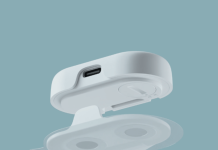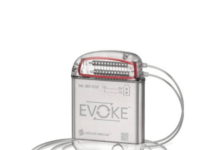GE HealthCare has introduced the Vivid Pioneer, a new cardiovascular ultrasound system that integrates AI to enhance imaging speed and quality.
This system has recently obtained CE mark and 510(k) clearance from the US Food and Drug Administration (FDA).
It employs the next-generation cSound Pioneer architecture and advanced probe technology to deliver high-resolution cardiac imaging in 2D, 4D and colour flow.
Related: Agile Medical Technology unveiled Agibot endoscopic surgical robot system
The ultrasound system offers improved spatial and contrast resolution, colour sensitivity, and 4D imaging capabilities.
The introduction of 4Vc-D and 6Sc-D probes, built on XDclear technology, allows for detailed visualisation of anatomical structures and accurate assessment of cardiac function across various patient demographics, including paediatrics and adults.
Additionally, the Vivid Pioneer has up to 360% faster AI performance, introducing a range of intelligent tools that streamline automation and measurement processes, according to the company.
AI algorithms are utilised to minimise variability between operators and expedite workflows, benefiting clinicians of all experience levels.
New features such as AI Cardiac Auto Doppler for measurements, Easy AFI for rapid strain results and ejection fraction analyses, and 4D Auto LHQ for evaluating left heart function, aim to provide consistent results and facilitate quicker diagnoses.
GE HealthCare cardiovascular and interventional solutions, advanced visualisation solutions CEO Jyoti Gera said: “Vivid Pioneer is built to meet the moment in cardiovascular care where precision, speed, and accuracy are essential.
“With its next-generation imaging engine, AI-powered automation, and intuitive design, the goal of Vivid Pioneer is to empower clinicians to see more, do more, and address patient needs with comfort and confidence.”
The system includes a layout with a simplified user interface, a larger display, and a customisable touch panel to enhance workflow and reduce fatigue during scanning.
Its compact design allows for easy navigation in confined spaces such as echo labs and catheterisation labs.
Additionally, the onboard battery supports uninterrupted workflow, enabling clinicians to continue scanning for up to five minutes during power outages without the need for rebooting.






